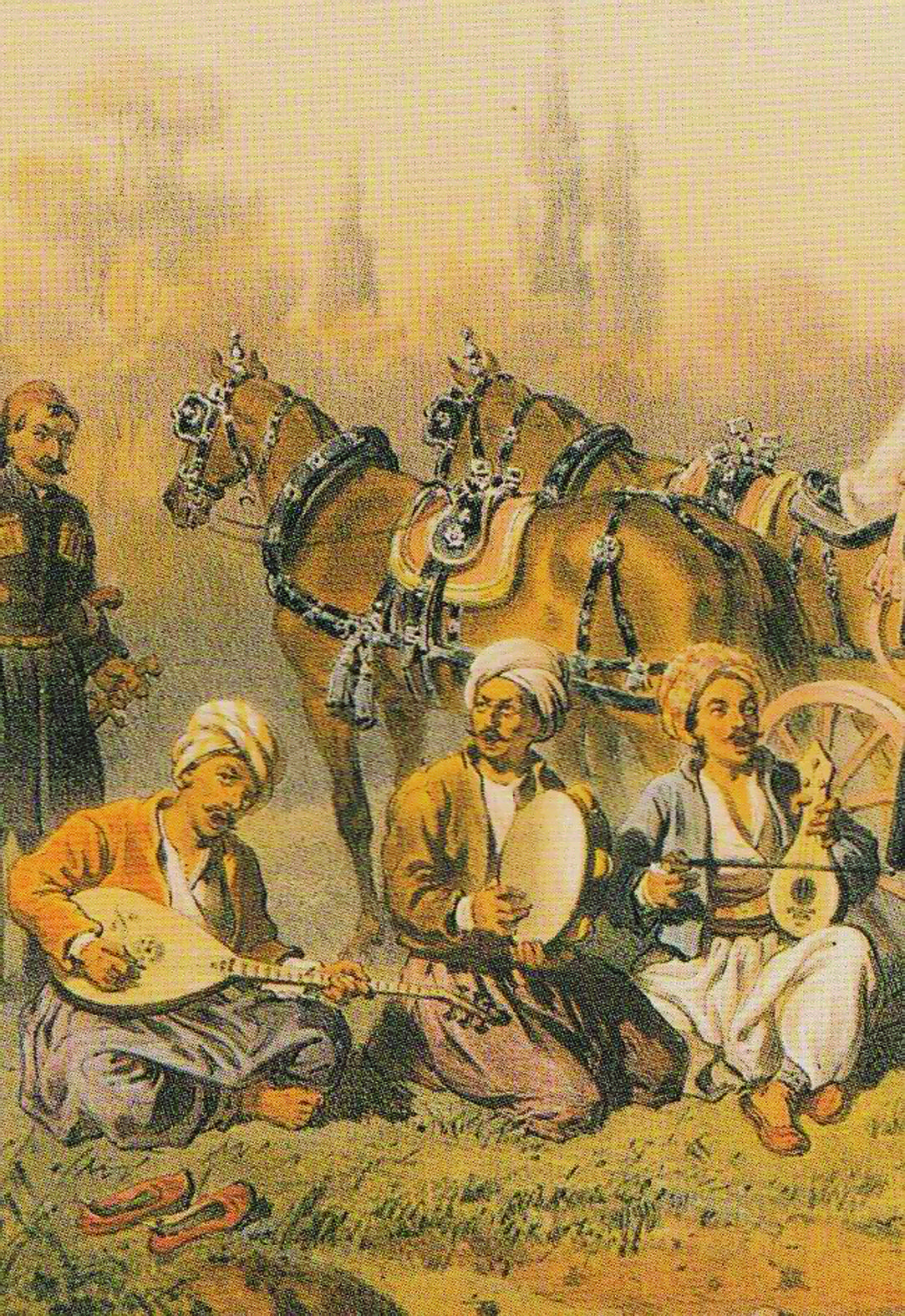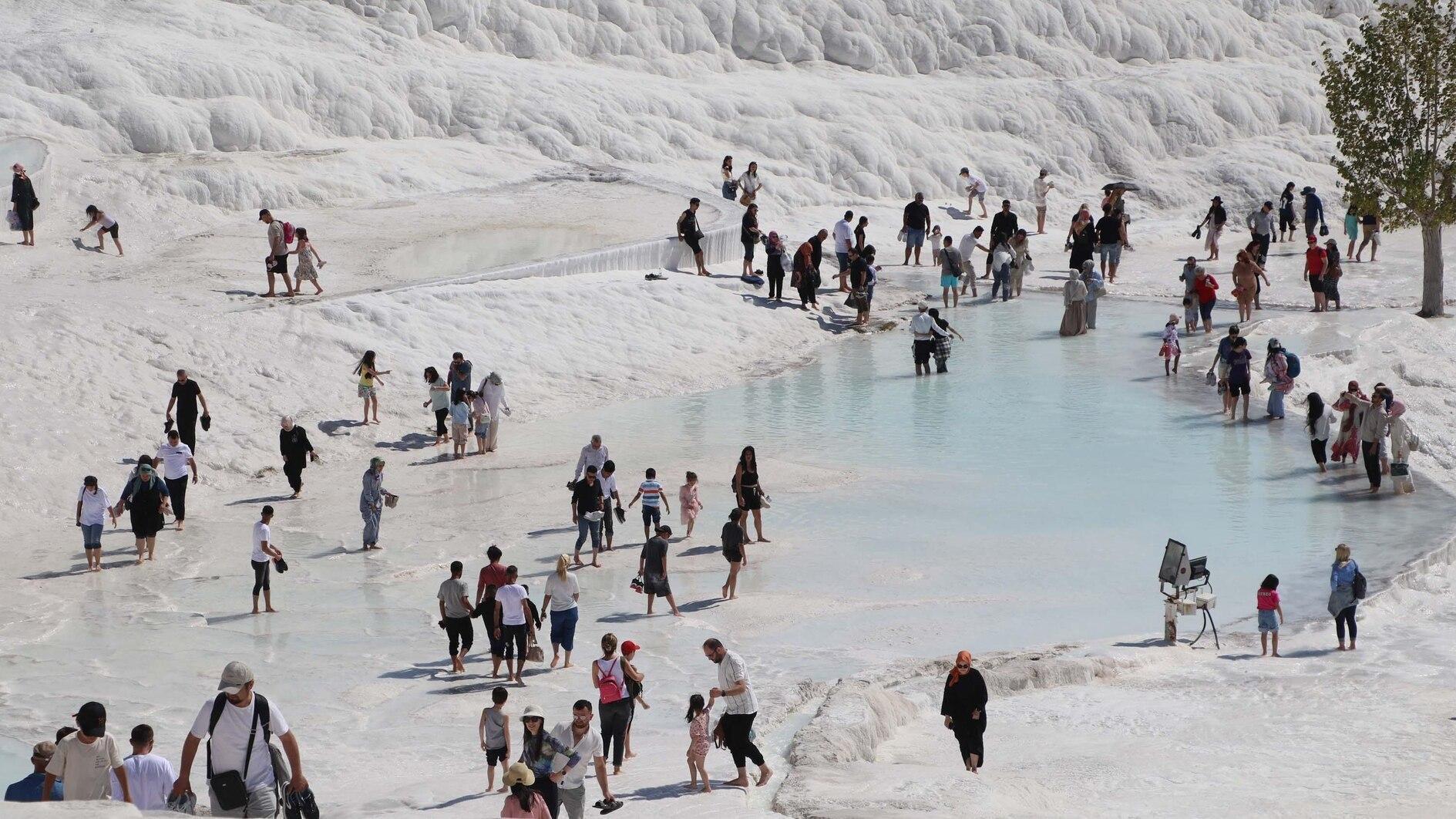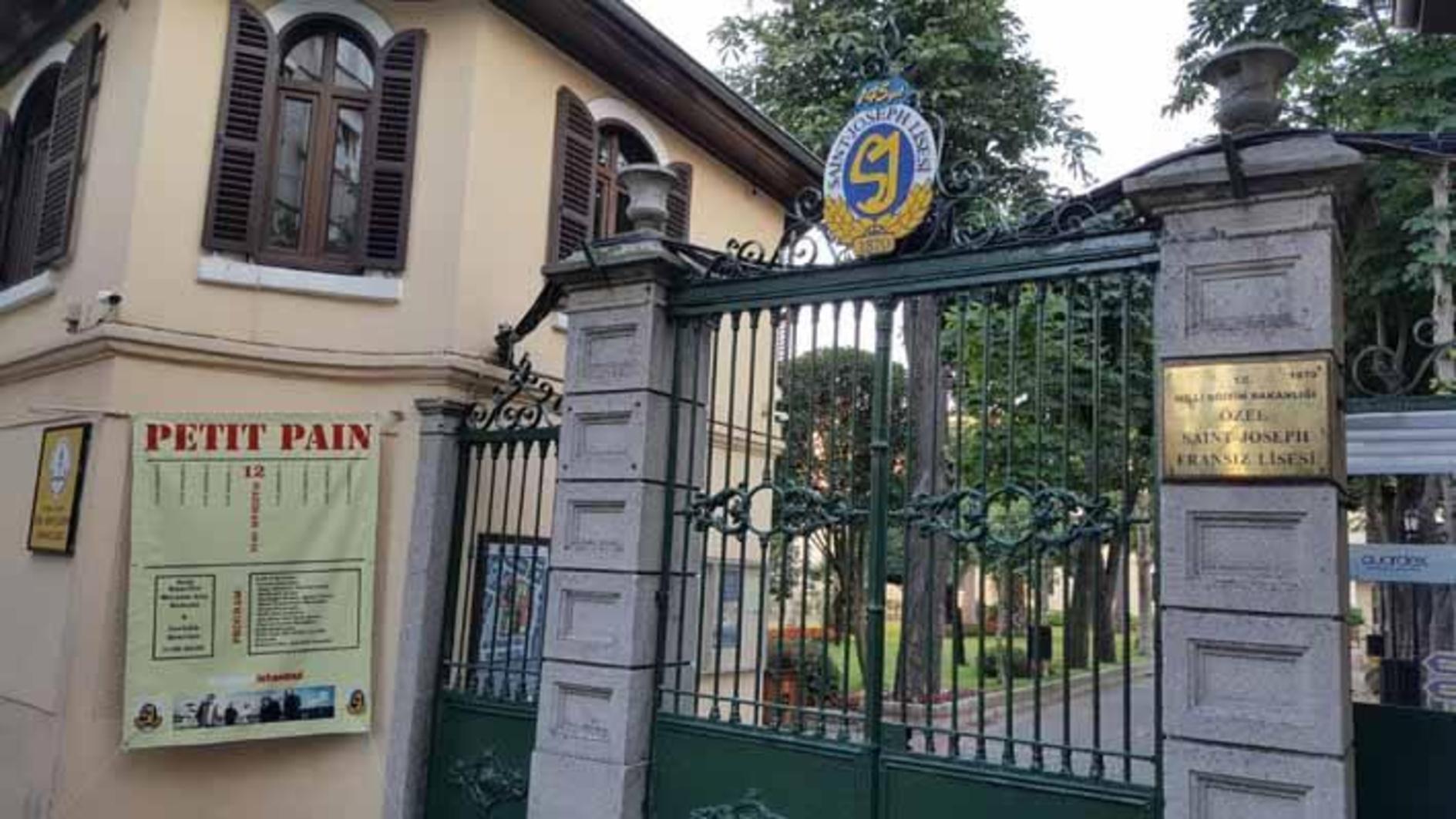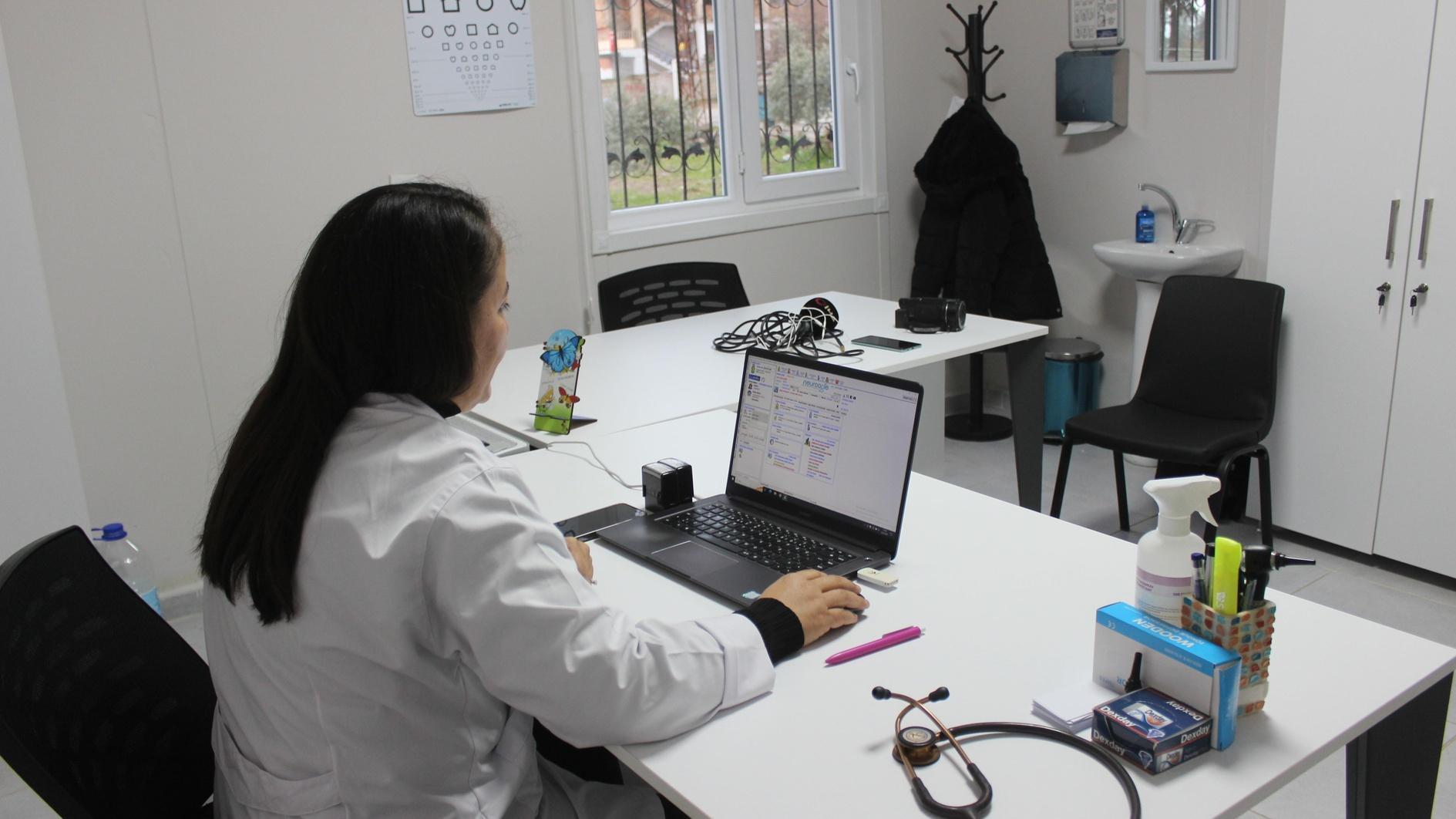Picnic time in Ottoman Istanbul
Niki Gamm

Women enjoying themselves at one of the popular picnic sites. Jean Brindesi, 1857
The spring and summer months were warm most years in Ottoman Istanbul, a city far greener than it is today but lacking in many of the ways modern people amuse themselves. Picnics were more popular back then than they are today, as soon as people were sure that spring had arrived, usually on 22 March, which marked the beginning of the New Year.Almost any public green space served as a place to have a picnic; open spaces officially belonged to the sultan - whether or not he chose to do anything with them. Kağıthane, Fenerbahçe, Kavacik, Beykoz, Göksu, Baltalimanı Çayırı, Sultaniye Çayırı, Çubuklu Çayırı, Havuzbaşı Çayırı – they could be along the shores of the Bosphorus, the Golden Horn, the Marmara Sea or on the hills, the only criterion was that it was an open space with trees, greenery and a magnificent view.
A “çayır” basically meant a meadow or pasture. These more likely were reached by land and weren’t necessarily alongside a stream. The most important thing was to enjoy the greenery and fresh air after months of winter.
Men rode on their horses and women came in carriages or elaborately decorated carts. But they didn’t picnic as a family. The men would stay somewhat separate from the women and look to their own amusement. This even meant fathers, brothers and husbands. It seems, however, that many more women went on picnics than men - especially women from the upper and upper middle class who had time on their hands and slaves or servants to take care of the details.
 The picnic areas
The picnic areasThe first and foremost picnic area was on the north side of the Golden Horn in what is now Kağıthane. Its popularity, which undoubtedly derived from its proximity to the historic peninsula - which was a short rowboat trip away - and to Galata, lasted until well into the 19th century, when industrial plants took over the area. At first tents were used and later the sultan set the tone by erecting little “pocket palaces,” as one might describe the small “kasırs” such as Aynalıkavak Kasrı. Elite members of the government built small mansions nearby. Because of the fresh streams running through the area, it acquired a reputation as the “Sweet Waters of Europe.”
Later as buildings bloomed along the shores of the Bosphorus, the “Sweet Waters of Asia” or Göksu also became popular. There, in the shadow of Anadolu Hisarı, people would congregate at the entrance to the river or on land to enjoy themselves in the warm weather.
These were the upper and upper middle class who could afford caiques, carriages and carts. We never hear about what the poor did in their spare time, if they had any, although one might guess that they formed the sellers who mingled with those picnicking, shouting out their wares such as kağıd helva to all and sundry, to the annoyance of many. The ones considered most annoying were believed to be Jewish boys.
Food for an Ottoman picnic
Usually people brought their own food with them. The women of the household would make a cold meat dish such as kuru köfte or kuzu söğüşü, zeytinyalı or yalancı dolma, irmik helvası, böreks, any number of milk-based desserts and whatever fruits were in season. They would put them in large, wrapper-like napkins for transport. The wealthy of course didn’t carry their own; their servants would bring what they wanted in separate caiques or carts. For drinks there would be water or şerbet, at least among the women. It’s not unusual to see painting by orientalist artists that include fountains in the background of any picture they might paint of a picnic.
Did the men drink wine or rakı? The sources are not very forthcoming. The 17th century travel writer Evliya Çelebi talks about how his friends and he would gather food and drink (unspecified) and go to Kağıthane during the month of Ramadan. They would spend the night eating, drinking, conversing and reciting poetry. Did they drink anything alcoholic? We don’t know, though Çelebi specifically claims to have never had an alcoholic drink in his whole life.
British traveler Julia Pardoe in the early 19th century writes of fried fish, kebabs and pilav being available, likely was among the foreigners who would band together to collect money for food and, if necessary, rent caiques to take them to the various picnic places.
Since these were the days long before picnic tables, people would put down kilims or some kind thin material such as a thick sheet on which to sit and put food. Some orientalist paintings suggest that carpets were sometimes used, as the women even discarded their slippers as they sat or walked on them.
Entertainment while picnicking
Since men and women were required to be separate, even during a picnic, the entertainments that the men engaged in were different from those of the women. The men are described as enjoying conversations with friends while drinking coffee or possibly rakı and smoking nargile. They might have engaged in wrestling matches, archery contests or horse races depending on the location. Possibly they indulged in jereet, the favorite polo-like game played on horseback.
As for the women, we’re told they liked to gossip while drinking coffee and smoking nargile. Some would set up swings, if there were trees with limbs convenient enough, for the children but they most definitely would have brought babies and youngsters along with them.
Talented musicians among them or roving bands of minstrels – often gypsies – would provide music for the women who wanted to dance. Some would even sing. Story-tellers were always around as were women who read fortunes. Until it was time to go home.
However staid and careful the more conservative women might be, there were always some who spoiled things. Some women, bored with their lives in the harem, were willing to flirt with the young men who frequented the picnic grounds. In the 19th century it led to strict prohibitions on what days women could go picnicking and how they were to behave. The cart owners were forbidden from transporting them. As one might expect, this situation didn’t last long. The sultan had more important things to deal with.
















